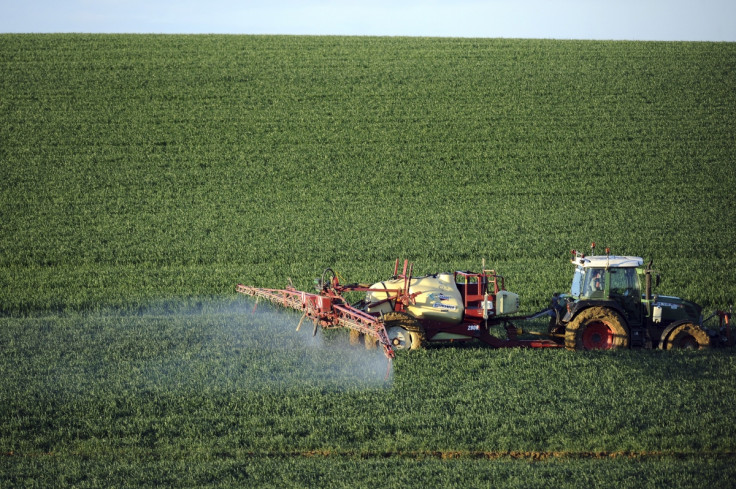Grasslands need four times more phosphorus by 2050 if booming global population is to be fed

In order to remain sustainable with our growing population, we need to add four times the amount of phosphorus into grasslands than there already is. Experts have calculated that most grasslands around the world have more phosphorus being removed than added to it – a precursor to infertile lands, where no arable crops can grow.
The study, published in the journal Nature Communications, says that phosphorus-based fertiliser needs to be increased four-fold by 2050, if we want to remain sustainable.
Phosphorus is an essential mineral for grasslands, as it stimulates growth, and strengthens its DNA. However, this mineral can be lost when livestock manure is removed and replaced as fertiliser.
If phosphorus is not maintained, the grassland's health pays the price, and few crops can be grown from it. This has two major implications; crops for human food will show declining production numbers, and also livestock that rely on these crops for energy will begin to perish, meaning a reduction in dairy and meat, too.
Researchers from Wageningen University in the Netherlands have estimated the amount of phosphorus needed to maintain our rapidly growing population – which could reach as much as 11 billion people by 2050.

"This research is the first study that estimates soil P [phosphorus] budgets in grasslands at the global scale and hence allows the assessment of total future P requirements of agriculture," write the authors.
They used data from the Food and Agriculture Organisation of the United Nations (FAO) to estimate the sustainability of our current usage of the mineral. The data was collected from the years 1970 to 2005.
"The P budget of the grassland system was found to be negative between 1970 and 2005 in most of the world regions," the researchers said, implying that more phosphorus is being removed from grassland systems than is being added.
Mathematical formulas were used to apply current phosphorus levels to projected amounts, taking into account the increase in agriculture and livestock farming needed to cater for the growing population.
Their results showed that phosphorus-rich fertiliser needs to be heavily increased if our future children – and children's children – want to be fed.
"To meet anticipated growth of ruminant production and associated grass requirement, the nutrient status of grassland soils needs to be improved to increase productivity of existing grasslands and to avoid expansion of grassland areas," said the researchers.
"We estimate that P inputs will have to increase more than fourfold in 2050 to meet the projected demand for ruminant products."
The researchers estimate that a total of 24 megatonnes of phosphorus needs to be added to global grasslands every year, up until 2050.
More about agriculture
© Copyright IBTimes 2025. All rights reserved.






















